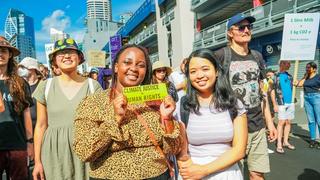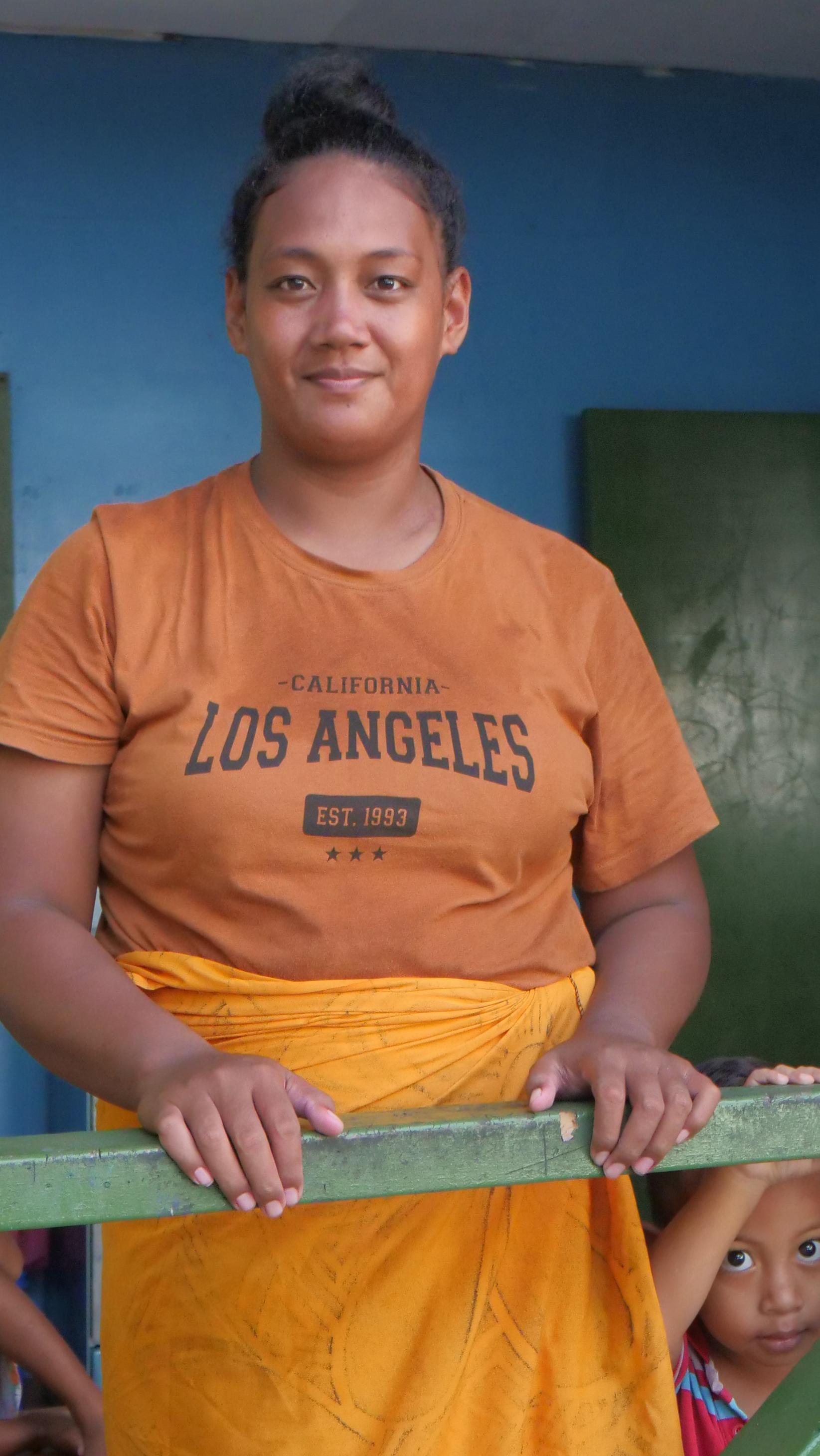Climate justice equals human rights

Throughout time, living species have developed in harmonious relationships with their ecosystems and the rest of the natural world. Indigenous Peoples around the globe have known this for millennia, building societies based on the principle of kaitiakitanga – guardianship.
The Industrial Revolution introduced a period of disharmony. By the time of the first Earth Day in 1970, peopleunderstoodthat human behaviourwas having tragic consequences on ecosystems around the planet. This galvanised a modern environmental movement, whosemahi has been deeply inspiring. It has also been successful to a point. But it hasn’t been enough.
As the climate has destabilised, humanitarian NGOs have seen that helping communities to recover and become more resilient after a disaster is increasingly ineffective when things like cyclones and floods are getting worse. Similarly, NGOs working on longer term development have become acutely aware that the gains from vital programmes to build water and sanitation systems, overcome gender inequality, and more,evaporate when 100-year droughts happen every few years. So, these NGOs have become strong climate advocates. But it hasn’t been enough.
What of human rights organisations? What of Amnesty International?

It has become increasingly clear that a stable climate is the bedrock, the deepest foundation for human rights. Without it, a world where everyone enjoys human rights – the uniting vision of Amnesty International – is not possible.
Climate justice means putting human rights at the core of decision making and action on climate change. Amnesty International has a vital role to play. Our research, legal, advocacy and campaigning expertise are needed in this fight.
Historically, Amnesty’s human rights priorities have included things like holding war criminals to account and freeing prisoners of conscience. Today, it doesn’t make sense to exclusively focus our resources on these issues when wars, discrimination and injustice are being turbo-charged by climate breakdown. Add to that the reality of human displacement because of climate factors and it’s clear that we must work across these areas.
A couple decades ago, the term ‘climate refugee’ became commonly used. But it was problematic. The word refugee denotes specific circumstances – namely, people who cross an international border due to a well-founded fear of persecution. This means it carries certain legal protections and responsibilities. Amnesty International has long worked to strengthen those protections and advocate for countries to live up to their responsibilities.
The UN Refugee Agency and others highlighted that ‘climate refugee’ did not necessarily fit people who were impacted by climate change. Plus, there is an overriding problem: the international community is already failing to meet the needs of people assessed to be refugees, which has increased from 9.2 million two decades ago to 36.4 million today. Current systems and mindsets are not geared to handle the projected 1.2 billion people who will be displaced by 2050 because of a destabilised climate.

More nuanced terms like ‘climate-induced migration’ and ‘forced climate displacement’ have emerged. These terms speak to the reality that people may first leave their homes due to an extreme weather event and then go back. They may migrate permanently within their country. They may leave their country temporarily and then return when it’s possible.
Year after year, powerful speakers from the Pacific address audiences at the UN Climate Change Conferences, bringing into focus the reality for their communities. Existential threats are happening now. Some people are willing to migrate, but many are not. They do not want to be uprooted from their ancestral homelands and their cultures. They do not want to let rich polluting countries off the hook.
Some are already moving. And some doorways are opening, like the recent Falepili Union treaty, which enables 280 people from Tuvalu to migrate to Australia annually because of climate factors. But it’s inadequate. At that rate it would take 40 years for all Tuvaluans to move, at which point Tuvalu could well be uninhabitable. The ethics of the deal are also controversial, as Australia continues to exploit fossil fuels and make the problem worse. Not to mention the challenge of maintaining the culture and statehood of Tuvaluans if they all live in Australia.
Laws and policies around the world need to adapt. Systems need to change. Humanity needs to rise in ways not yet seen.
And Amnesty International needs to be part of that fundamental shift. We can offer research to understand the drivers of climate-induced migration. Our advocacy can channel the experiences and motivations of people on the move into policies that honour human rights. Our campaigning can galvanise large numbers of people to move the rock of public opinion so that governments embrace systemic change and polluting corporations are held to account.
Aotearoa New Zealand is uniquely placed on the path to climate justice. Our relationship with Pacific Island nations offers a way forward that doesn’t exist anywhere else. Our ability to set precedents and prioritise human dignity can be a powerful positive force.
Amnesty International Aotearoa New Zealand is ready to do more. Now is the time to bring our skills, resources and mana to bear, as humanity collectively builds a world based on climate justice.
